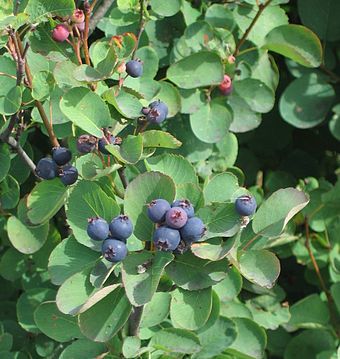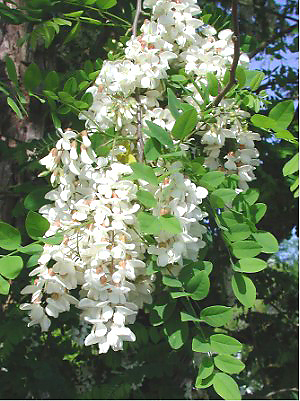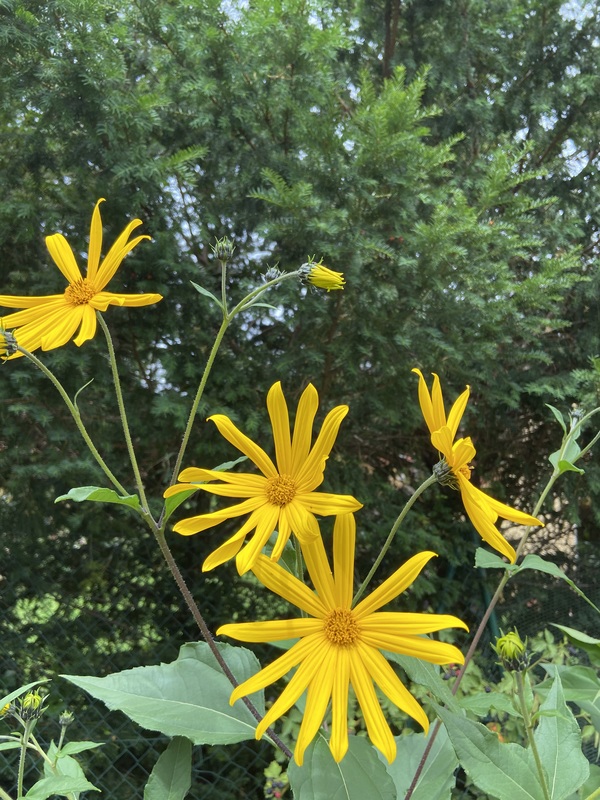Description
Chokecherry is a deciduous shrub or small tree native to North America. It typically grows to a height of 15-20 feet and has a slender, open crown. The leaves are oval-shaped and have serrated edges. The flowers are small and white, growing in clusters. The fruit is a small, black cherry that is bitter and astringent, giving the plant its name.
Chokecherry prefers well-drained, moist soils and full sun to partial shade. It can tolerate a range of soil types, including clay and sandy soils, but will not grow well in overly wet or dry conditions. To cultivate chokecherry successfully, it is important to provide it with adequate water during the growing season and to prune it regularly to maintain its shape and encourage new growth.
Chokecherry is winter hardy and can withstand cold temperatures. It is not edible due to its astringent fruit, but the fruit can be used to make jelly or syrup. The bark and leaves of the chokecherry plant have been used medicinally by Native American tribes to treat a variety of conditions, including coughs and sore throats.
Chokecherry provides a valuable food source for a variety of wildlife, including birds and small mammals. The plant is also useful for stabilizing soil and controlling erosion on slopes and hillsides.
Links
Choke cherry @ British Columbia Ministry of Forests, Lands, and Natural Resource Operations
Chokecherry @ Lady Bird Johnson Wildflower Center
Propagation - seed
Collect fruit when ripe. To save, clean seeds from pulp and air dry. Sow immediately if sowing in fall. Stratify seeds in moist substrate for 2 weeks under shelter, then cold stratify at 2-5°C (36-41°F) for 60-90 days. Plant early in spring.
Propagation - cuttings
Root Prunus species from dormant hardwood, softwood, semi-hardwood, or root cuttings. Root semi-hardwood and softwood cuttings taken in summer.




